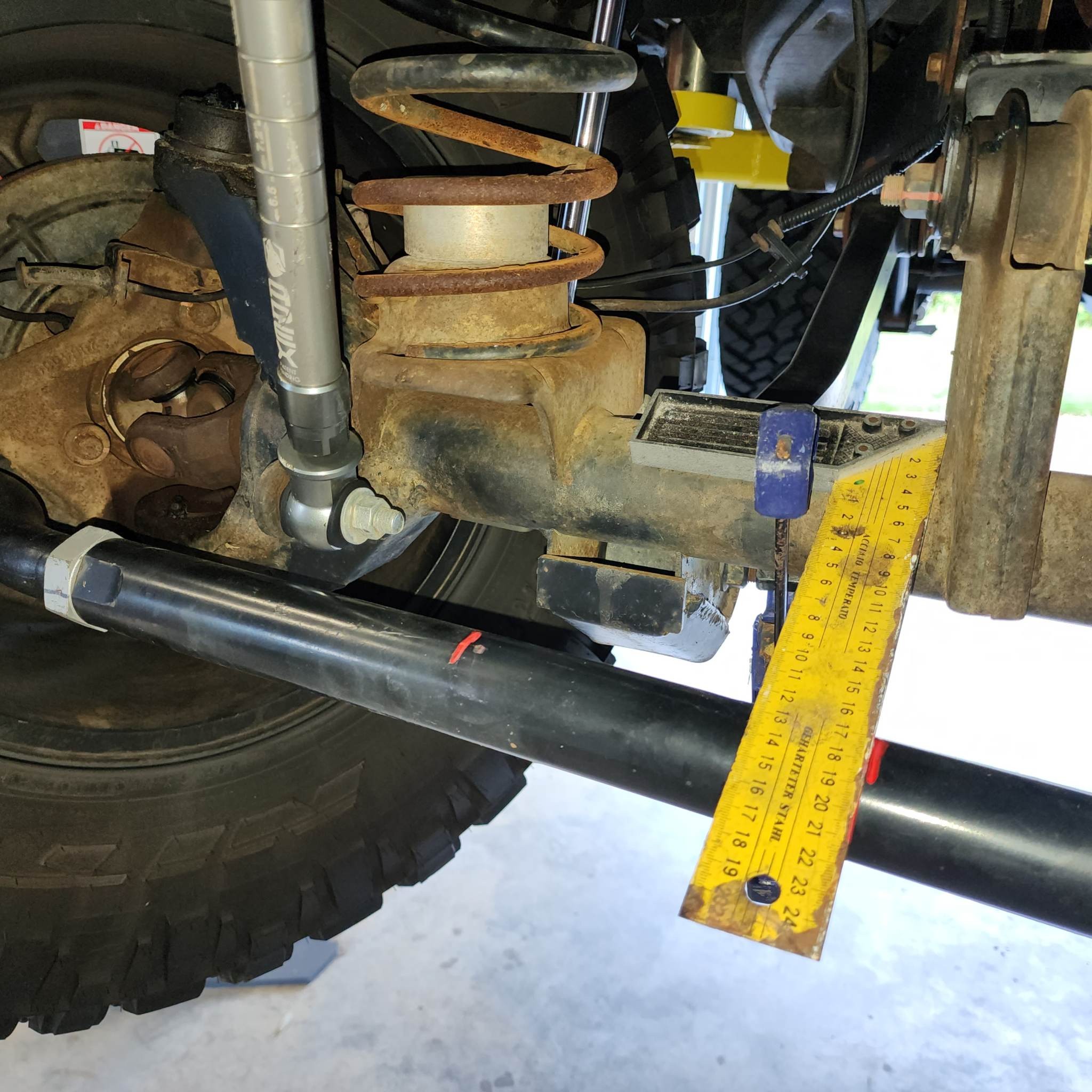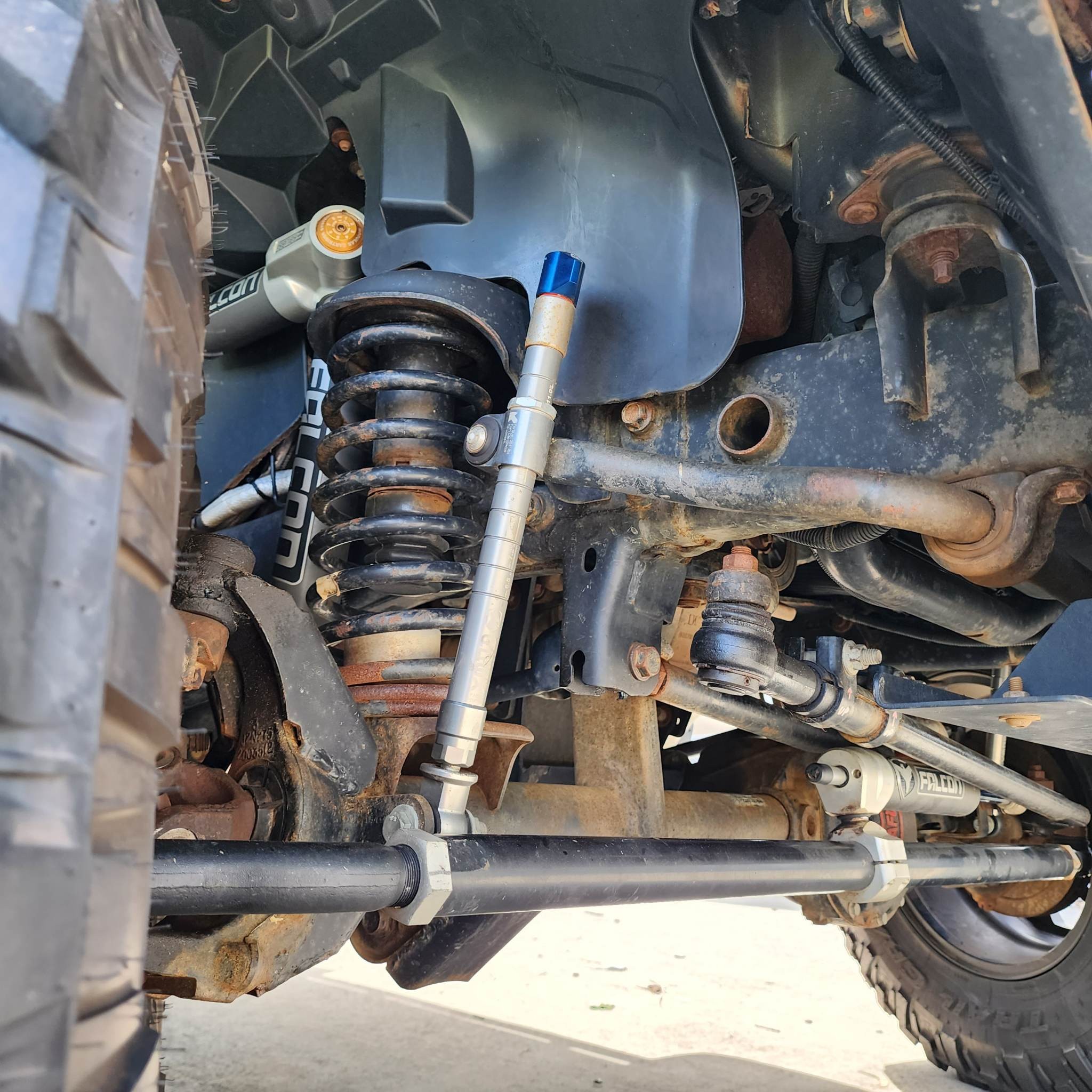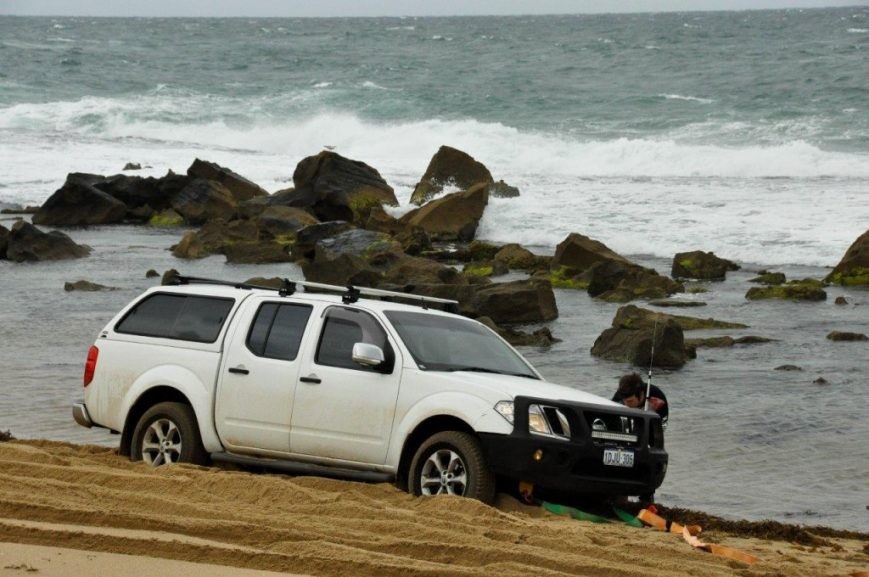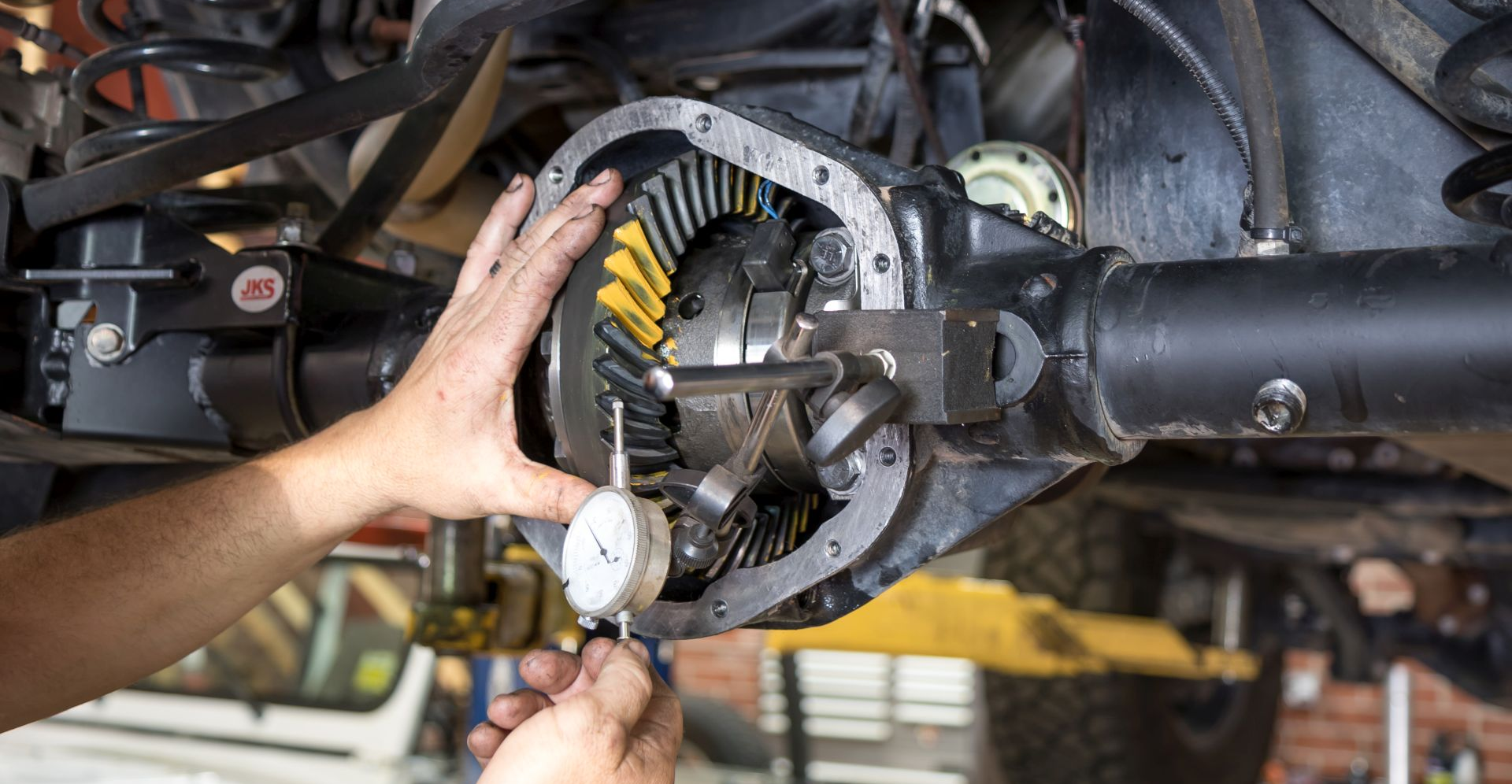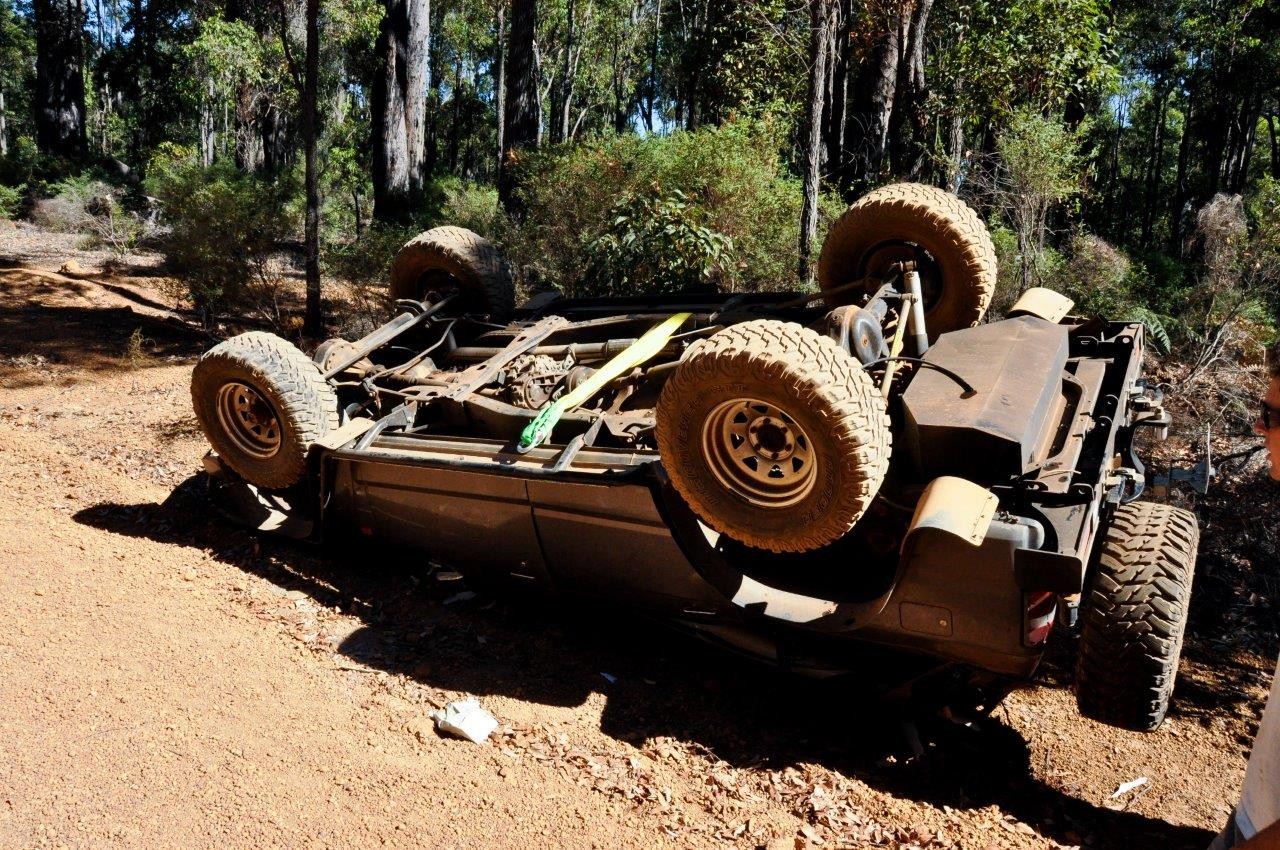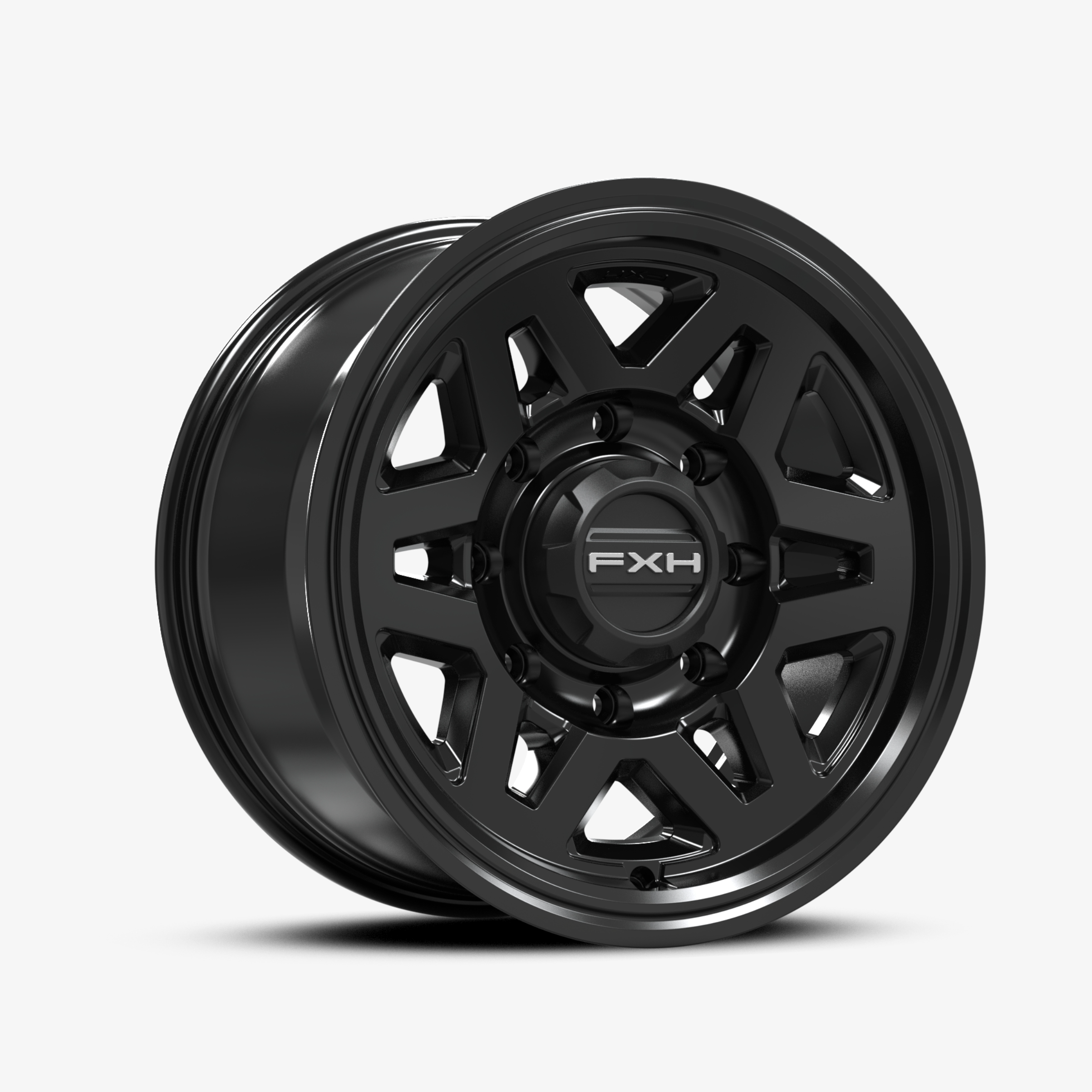Preventing Vehicle Roll Overs
Recovering a stuck vehicle is hard work at the best of times, but if you get it wrong during the recovery – or sometimes if it just isn’t your lucky day – things can end up much worse than they already were. About the worst that can happen is that, in your efforts to recover your wagon, you end up rolling it over. That’s not just an inconvenience that makes recovery a lot harder; it can be extremely dangerous.
There are a lot of things that can contribute to a vehicle rolling over, but the biggie is simple – the centre of gravity moves outside the footprint of the wheels. Usually, even in a vehicle with a lot of weight up high, the centre of gravity is inside this footprint. The downward force of gravity just presses the wheels to the ground. Once it moves outside for whatever reason, the vehicle will pivot around the nearest pair of wheels and fall on its side.
Plenty of people manage to roll over while they’re driving, but a recovery has its own hazards. When you’re trying to get a loaded vehicle out of a hole or haul it off a slope, it’s pretty easy to lose control of the centre of gravity. Lifting a wheel, or towing over the wrong angle, can move the key point outside the wheel footprint and over it goes – which is bad news for anyone down hill of it.
The first precaution to take during a recovery is to lower the centre of gravity as much as you can. If there’s heavy gear stowed on the roof, get it down and out of the way. Think about removing spare tyres, too – especially if they’re on the sides of the body. They’re already outside the wheel footprint, so if you can get them out the way it’s a help.
Next, evaluate how the vehicle’s sitting. If it’s level there’s no issue, but that’s pretty rare in a recovery. Usually it’s going to be at an angle, and the one thing you don’t want to do is increase that angle. If there’s a wheel in a hole, and it’s on the uphill side, jacking up that corner increases the risk of a rollover. As the wheel comes up the centre of gravity moves towards the downhill wheels, and if it reaches them the vehicle will roll. To avoid that you need to raise the downhill wheels first; jack them up and get something solid under them, then get to work on the stuck one.
If you’re winching or towing a vehicle that’s on a slope, think about the effect pulling it is going to have on its balance. Pulling uphill is generally safer; pulling down can lower the suspension on the downhill side enough to shift the centre of gravity.
If you have to, add weight to the uphill side. Strapping heavy gear to that side of the roof rack can help. A snatch strap from something solid high on the vehicle to a secure anchor point uphill can also help stop a roll beginning.
At the least, a rollover will make your recovery job a lot harder. At worst it can be lethal, and there’s a lot of potential vehicle damage between those extremes. To avoid it, you need to be aware of the centre of gravity and do all you can to keep it low and between the wheels.

